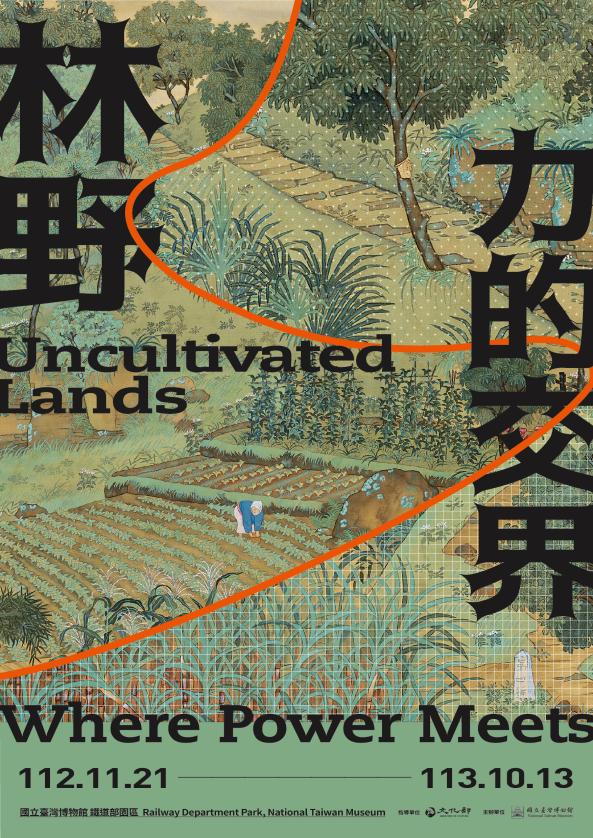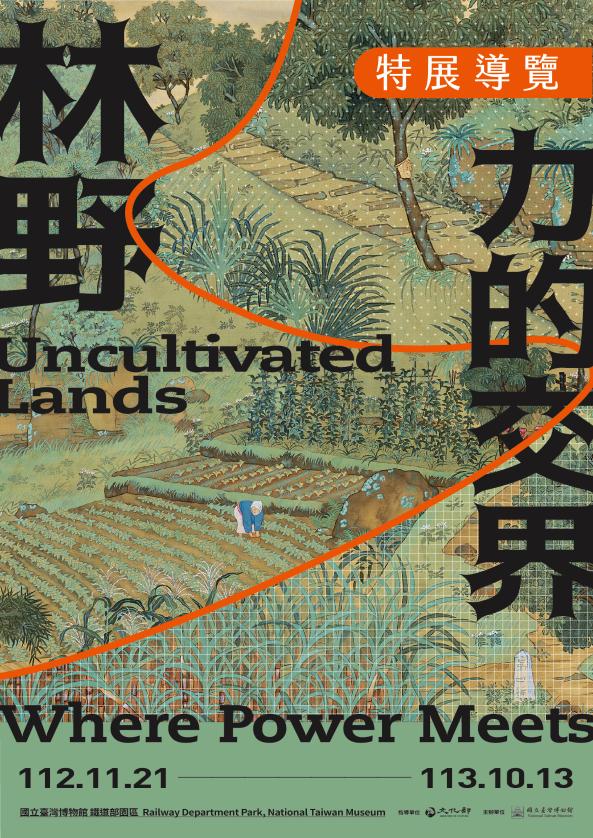-
 Organizer
:
National Taiwan Museum
Organizer
:
National Taiwan Museum
-
 Contact Us
:
02-2382-2566
Contact Us
:
02-2382-2566
-
 Ticket Details
:
Full Fare : NT$100 | Half Fare : NT$50
Ticket Details
:
Full Fare : NT$100 | Half Fare : NT$50
-
 Opening Times
:
Tuesday-Sunday: 9:30 am-5 pm
Opening Times
:
Tuesday-Sunday: 9:30 am-5 pm
A Keyword in Taiwan’s Environmental History: Rinya
In 1918, the renowned botanist Ernest Wilson visited Taiwan and was amazed by the camphor and Castanopsis forests adorning the island. The area not only became a home for various plants and animals, but also reflected the complex relationship between humans and forests. Throughout history, different rulers sought to govern this terrain. The Qing government saw it as“ uncultivated land,” while the Japanese introduced a new term to describe this type of landscape: rinya, lieterally meaning“ forests and fields.” If environmental history in the Europe and America revolves around ideas of wilderness and countryside, rinya emerges as the keyword in Taiwan’s environmental history.
Boundaries of Cross-Cultural Interactions: Uncultivated Lands in the Qing Dynasty
The “Indigenous Village Trade Scene” is part of the late 19th-century “Illustration of Taiwanese Indigenous Customs” commission by Shen Bao-Zhen, a Qing official. The painting depicts Han Chinese or Plains Indigenous people present an array of trade goods to trade with Indigenous people brining deer skins, rattan, firewood, and other forest products. The place allowing the exchange to occur was the borderland between the plains and mountains, one of the few passes along the “Indigenous border,” which was also the stage of cross-cultural interactions.
Tranquility and Turbulence: Conflicts and Negotiations between the State and Local Societies
Kuo Hsueh-Hu’s “Scenery near Yuan Shan” is a pinnacle in the Taiwanese art history. What undercurrent might exist in the seemingly tranquil rural landscape captured by this painting of the outskirts of Taipei? What challenges might confront local population relying on rinya for their livelihood amid the regime change? Rinya will show you the incessant conflicts and intricate balance between the state and local societies.
A Voyage to the World: Taiwan’s Foothills in a Global Perspective
Chen Cheng-po, an artist deeply captivated by Taiwan’s wooded hills, unveiled his masterpiece, “Back with a Full Load,” in 1936. The work is in fact full of symbols about Taiwan’s rinya. As time went on and regime changed, Taiwan’s rinya was gradually integrated into the world systems. The ship loaded with timbers embarks on its journey, symbolized how Taiwan’s rinya enters the world stage. Meanwhile, the world also comes .

